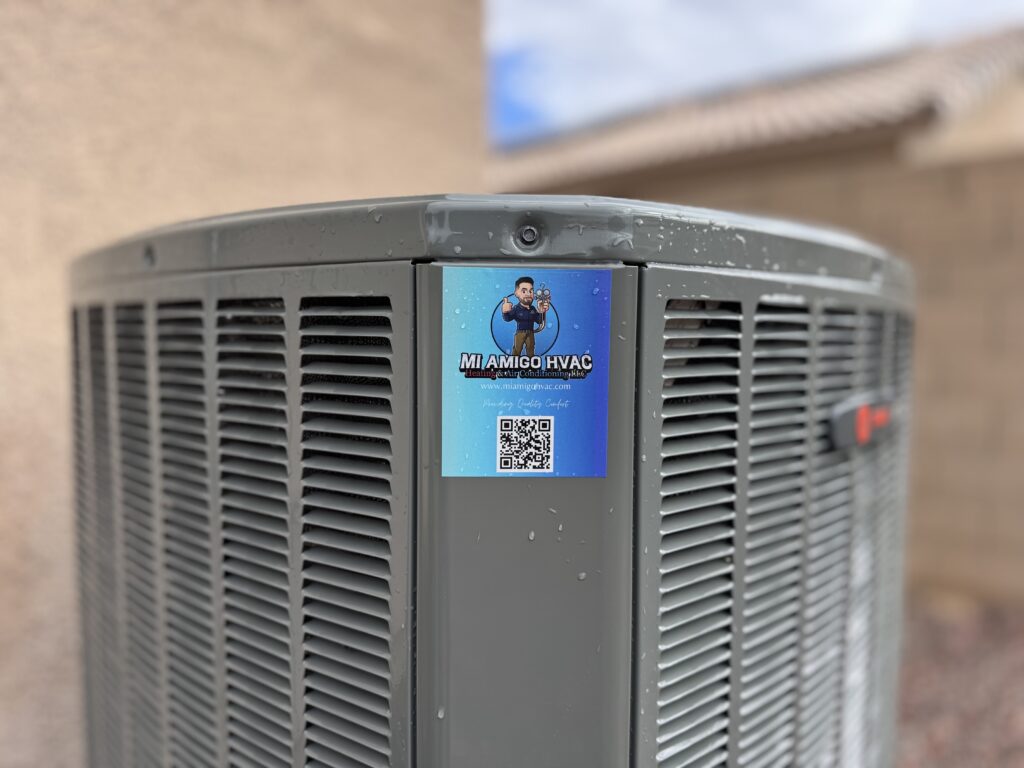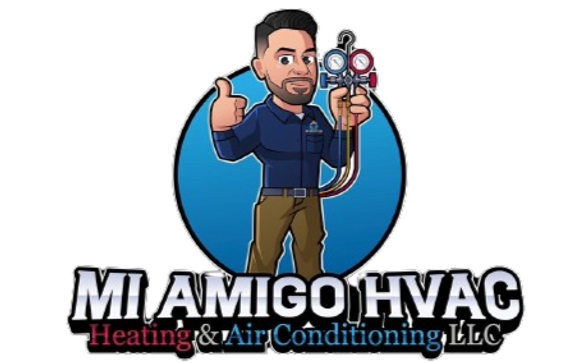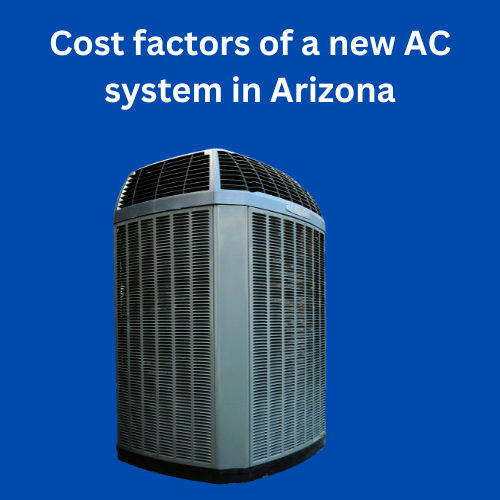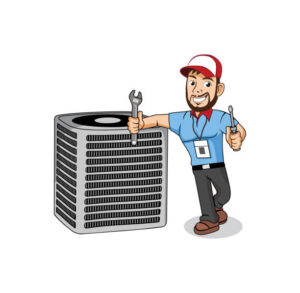When the scorching Arizona heat arrives, the need for an efficient AC system becomes undeniable. Whether you’re a homeowner or a business owner, understanding the costs associated with installing a new AC system can help you make an informed decision. Several factors contribute to the overall price. From the type of unit you choose to the specifics of your home or commercial space.

New AC System Size
The size of the air conditioning system is perhaps the most significant factor when it comes to cost. Selecting the right size is crucial because an oversized or undersized system can lead to inefficiency and higher energy bills. A system that is too small won’t adequately cool your space, while one that is too large may cool too quickly, causing it to cycle on and off frequently. This cycling can result in wear and tear on the system, reducing its lifespan.
AC systems are rated in tons, which measures their cooling capacity. In Arizona, where temperatures can exceed 100°F for weeks on end, it’s essential to ensure your AC is appropriately sized for your home or office. To calculate the new AC system tonnage, we’ll consider the square footage, insulation, windows, and heat gain in the space.
Energy Efficiency
Energy efficiency is another key element that impacts the cost of your new air conditioner. High-efficiency AC units often come with a higher upfront cost but save money in the long run through reduced energy consumption. The efficiency of an air conditioning unit is measured by its SEER (Seasonal Energy Efficiency Ratio). The higher the SEER rating, the more efficient the unit is, and the lower your monthly energy bills will be.
In Arizona, where air conditioners are in use for much of the year, opting for a high-SEER unit can be a wise investment. While you may spend more on the unit initially, the savings on energy costs can more than makeup for it over time. Additionally, state and federal incentives, such as tax credits, may be available for energy-efficient models, reducing the overall cost.
Installation
The cost of installing a new AC system can vary significantly based on the complexity of the installation. Installation costs include the location of the system, ductwork modifications, and the ease of access to your home’s air ducts or electrical system.
Outdated or insufficient ductwork may need to be replaced or repaired to accommodate the new system. If your electrical system is not up to code or needs an upgrade to handle the increased load, this can add additional costs.
AC System Brand and Model
The price of an AC unit is influenced by the brand and model. Brands such as Trane, Carrier, and Lennox often offer high-quality systems with advanced features, but at higher price tags. These units are known to be durable, energy-efficient, and reliable.
On the other hand, more budget-friendly options, like Goodman or Ruud, may provide adequate performance for a lower initial investment. However, it’s important to remember that choosing the cheapest option may lead to higher repair costs and shorter lifespans. When selecting an AC unit, it is vital to balance upfront costs with long-term performance and energy savings.
New AC System Type
Central Air Conditioning
Central air conditioning systems are the most common type, ideal for cooling entire homes or businesses. These systems can be expensive, especially when combined with ductwork installation and upgrades.
Ductless Mini-Split Systems
Ductless systems are becoming more popular due to their energy efficiency and the ability to cool individual rooms. While the upfront cost is often lower than central air, they may still be more expensive than traditional window units.
Evaporative Coolers
Arizona residents may use evaporative cooling, especially in dry, low-humidity areas. These systems are often less expensive to install and maintain than traditional AC units, but they are not as effective in humid conditions.
The best option for you depends on your specific cooling needs and the layout of your home or business. Each type of system has its own set of benefits and drawbacks.
Labor Costs
Labor costs can vary depending on the HVAC contractor you hire and the region of Arizona you’re in. Larger cities like Phoenix and Tucson may have higher labor rates due to demand, while smaller towns may offer more affordable options. It’s important to get quotes from multiple contractors and inquire about the specifics of their labor charges, as these can add up quickly.
In addition, if your installation requires special permits, inspections, or zoning approvals, the cost of labor may increase. However, choosing an experienced contractor who is familiar with Arizona’s climate and local regulations can help ensure that the installation process goes smoothly and your system is set up for optimal performance.
Timing
The timing of your installation can also impact the cost. In Arizona, summer is the peak season for AC installations, and contractors may charge higher rates during this busy period. To avoid higher costs, consider scheduling your installation during the off-season, typically in the fall or spring, when demand for new systems is lower.
Overall new AC system cost
The cost of installing a new air conditioning system in Arizona can vary widely depending on several factors, including the size of the unit, energy efficiency, installation complexity, brand choice, type of system, labor costs, and timing.
Investing in a high-quality, energy-efficient AC system provides significant savings on energy bills and comfort throughout the Arizona summer.




